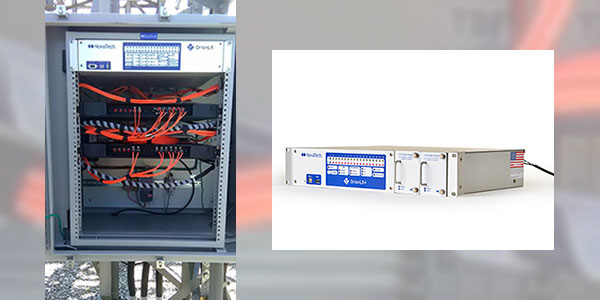Utilities of all sizes face the challenge of efficiently monitoring real-time substation performance across their networks. Each substation is a data-rich environment with hundreds of data points continuously sending data to a master station. Now, advancements in web-based SCADA systems are transforming the process of installing, configuring and managing a SCADA to easily monitor and manage substation performance.
Legacy SCADA solutions, which for decades were proprietary, standalone systems with their own communication protocols, have typically required time-consuming installations to connect to all endpoints and are difficult to maintain. Technicians access and view data through increasingly obsolete DOS-based screens lacking intuitive and easily configurable graphical user interfaces.
“Our legacy SCADA required two people to spend a week just to get a single device communicating with it, so adding RTUs to our 27-substation network was always an issue,” says Bobby Williams, vice president of engineering at Southwest Electric Cooperative, a utility that serves rural communities in 11 counties across southwest Missouri.
“When our former SCADA vendor told us that they were going out of business, we wanted to replace it with a modern web-based system that would streamline installation and maintenance and give our engineers a modern user interface that they could easily configure.”
A key advantage of web-based SCADA systems is the use of standard web-based protocols to securely communicate between RTU endpoints and a central monitoring terminal and for operators to view and interact with web pages. Southwest Electric Cooperative selected a SCADA from Lenexa Kansas-based Orion Utility Automation, a division of substation automation solution provider NovaTech.
“With our new SCADA we are able to take a device that we never used before, connect it and have it communicating to every intelligent electronic device (IED) we had in the field within a day,” says Williams.
The topology of a web-based SCADA system is configured as either a centralized or distributed model. Williams says they opted for a distributed topology with a single Orion master station that talks to all of our substations, with an Orion LX or LXm terminal at each substation.
Mapping the topology often falls to the utility and can be a time-consuming process to identify locations and the associated data values that need to be brought back to the master terminal. “Digital mapping for devices was built into our new SCADA,” says Williams. “It was just a matter of selecting the IEDs we had in the substation, entering some values, and it was up and running.”
A web-based SCADA system enables an engineer to open multiple browsers in order to have graphical interfaces for the different substations and key remote monitoring features on different tabs making it easier to monitor a network. Multiple users can be logged in simultaneously.
NovaTech provides a library of over 500 pre-engineered “points pick lists” for the commonly applied substation IEDs from Schweitzer Engineering Laboratories, Eaton Cooper, GE, ABB, Beckwith, Basler and others.
For more information about NovaTech and the Orion family of SCADA and substation automation solutions visit: www.novatechweb.com.




